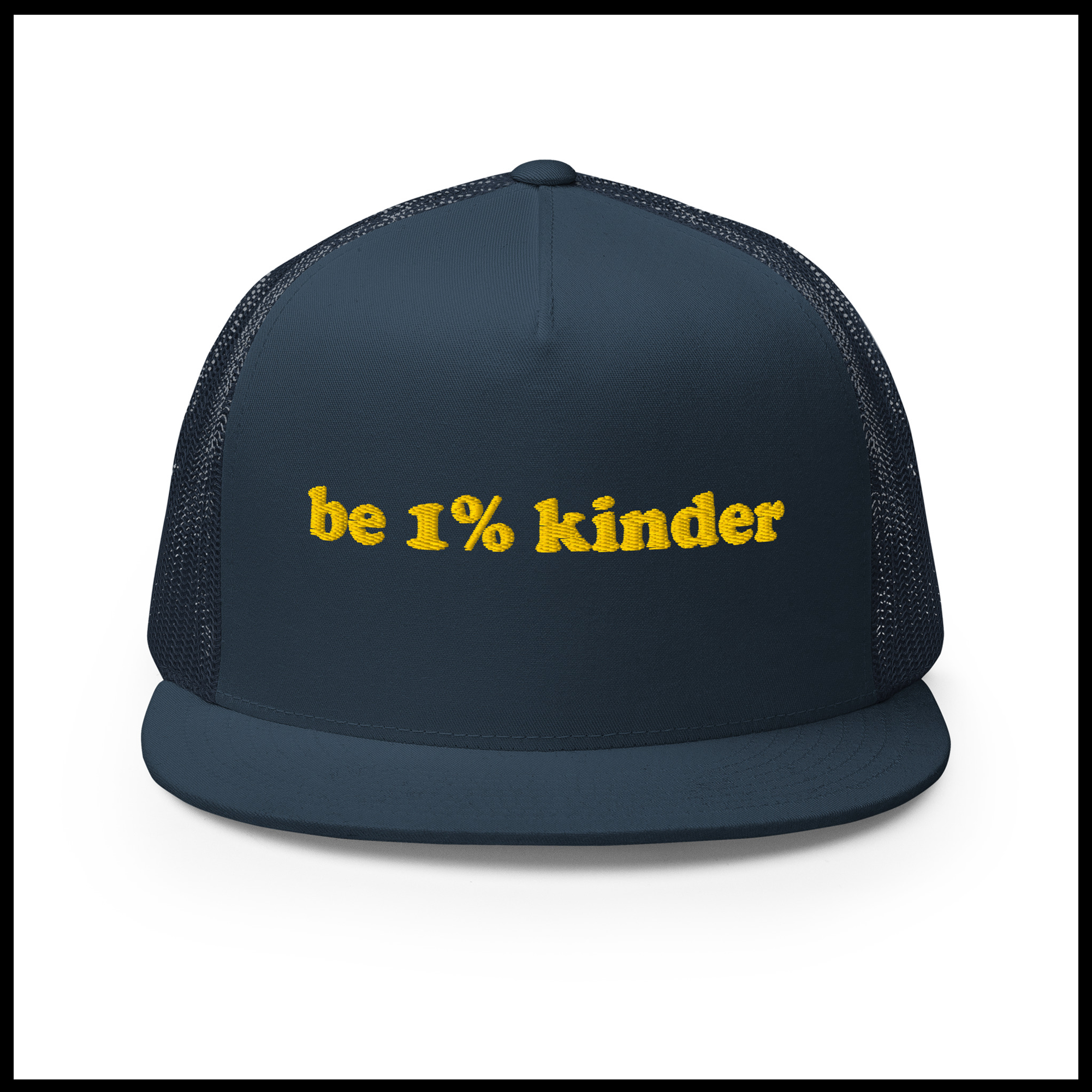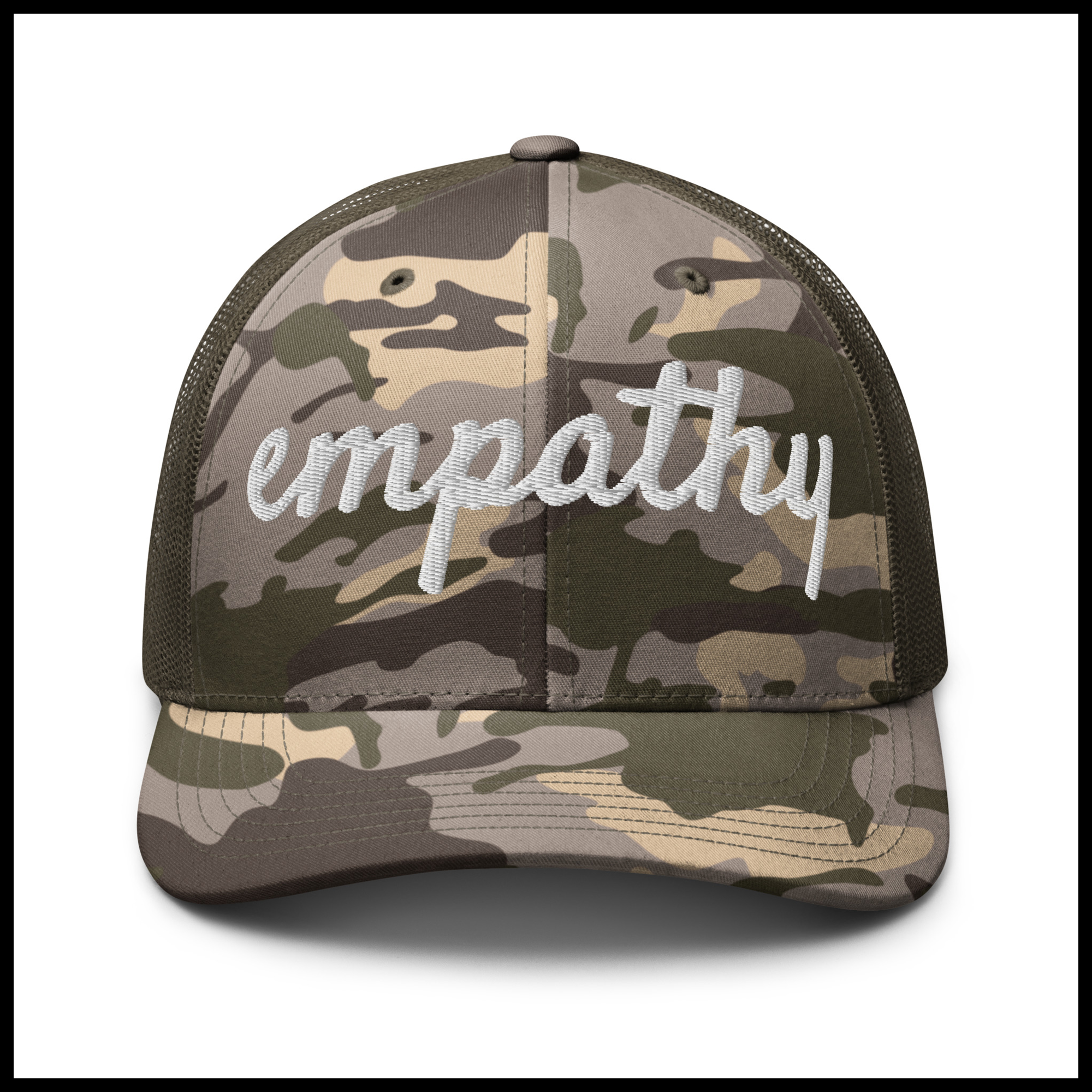
Which Is It? Empathy, Sympathy, Kindness, and Compassion—And Why It Matters to Get Them Right
You’d think that in a world so obsessed with emotional intelligence and “heart-centered” communication, we’d be better at telling empathy from compassion, or sympathy from kindness. But we’re not.
Working in what people often call the “wellness industry,” I’ve lost count of how many times I’ve seen these words—empathy, sympathy, kindness, compassion—used interchangeably in blogs, workshops, Instagram captions, and marketing decks. The intent is usually sincere. The execution? A mess. And unfortunately, that mess matters more than most people realize.
Let’s break it down—not because I’m pedantic, but because the science actually backs up these distinctions. Empathy, in psychological terms, is about emotional resonance or perspective-taking. You either feel what another person is feeling (affective empathy), or you understand what they’re feeling (cognitive empathy), even if you don’t feel it yourself. Neuroscientific research shows that distinct brain regions light up when we engage in empathetic processing.
Sympathy, on the other hand, is more observational. You see someone in pain, you feel for them, but you don’t enter their emotional world. It’s not detached so much as it is defined by distance. You care, but from afar.
Compassion gets confused with empathy all the time, but it’s something else entirely. It involves recognizing suffering and being motivated to help. And here’s where the science gets especially interesting: compassion activates systems in the brain tied to positive emotions and social affiliation whereas empathy, especially when unregulated, can light up the areas tied to stress and pain. That’s why compassion is more sustainable over time, especially in caregiving professions. It helps you care without burning out.
Then there’s kindness—the most visible and actionable of the bunch. Kindness is about what you do, not necessarily what you feel. Research has shown that practicing regular acts of kindness boosts well-being for both giver and receiver. And, it’s also important to note: kindness doesn’t necessarily require someone to be in distress. You can be kind to someone simply because it feels good to hold the door open or let them merge in traffic.
So why does this matter? Because when we blur these terms, we dilute their power—and in my line of work, that has real consequences. “Kindness” gets reduced to a vibe instead of a behavior. “Sympathy” gets a bad rap as condescending, even though it’s often the most appropriate response in some settings.
What frustrates me most is when coaches, influencers, and self-appointed experts say things like, “Well, what empathy means to me is…” as though personal vibes override scientific definition. Imagine saying, “What gravity means to me is feeling grounded.” It might sound meaningful, but it’s not helpful if you’re trying to build a bridge to another person. Words matter. They’re the tools we use to construct understanding, and when we use them sloppily, we don’t just risk confusion, we guarantee it.
So how do we fix it? First, we need to start treating these words with the same care we give to the people we aim to help. That means reading the research, understanding the science, and applying the terms correctly. It also means resisting the urge to personalize definitions in ways that muddy the waters. You don’t have to be a psychologist to talk about empathy, but you should at least use it in a way that aligns with what empathy actually is.
Getting this right doesn’t just make you sound smarter. It helps you show up more precisely—and more effectively—for the people who trust you. When we can name what we’re actually doing—whether it’s empathizing, sympathizing, being kind, or acting from compassion— we create space for a more honest, sustainable, and healing connection.
Choose a Subscription
Shop +wellvyl APPAREL











